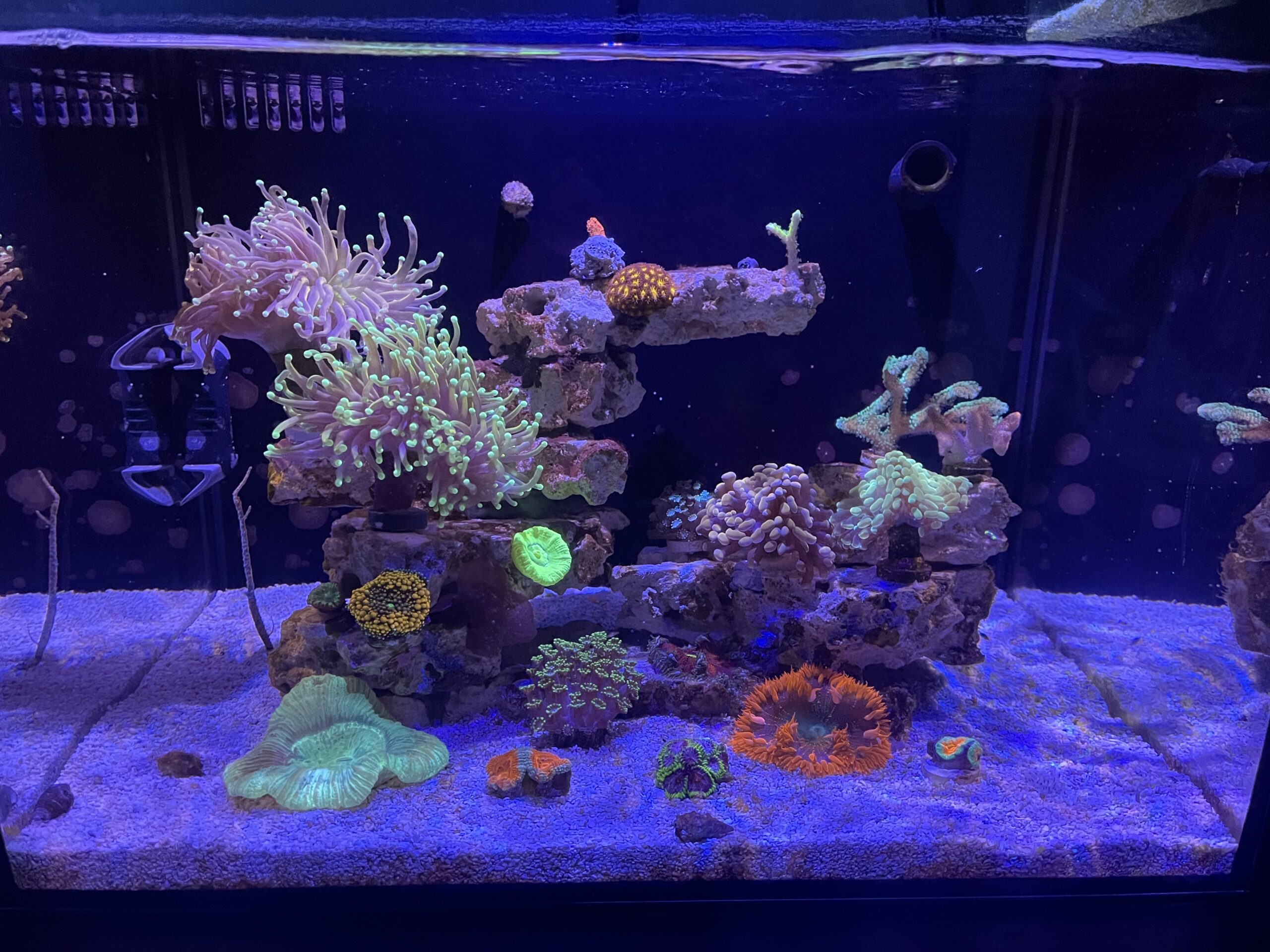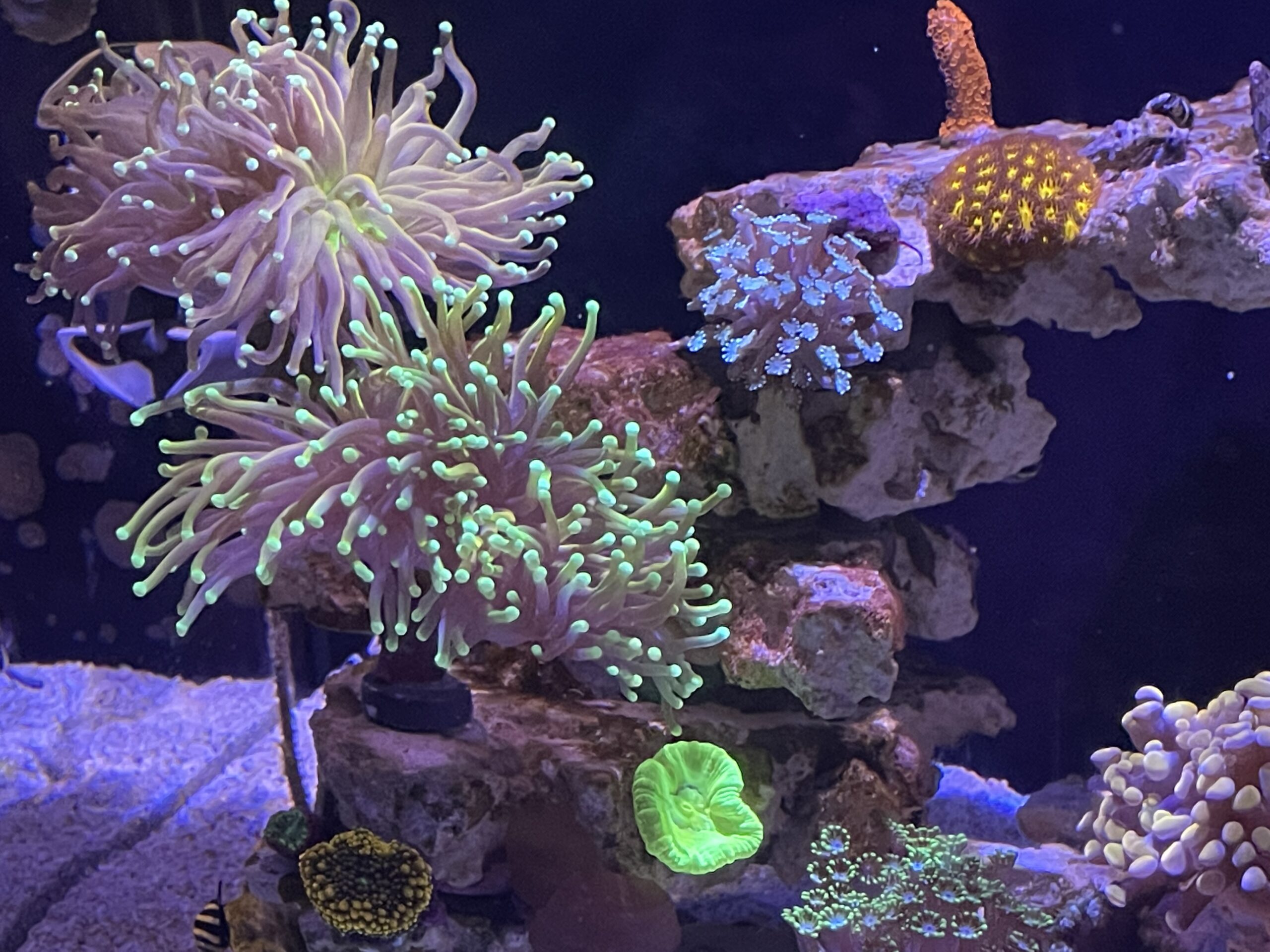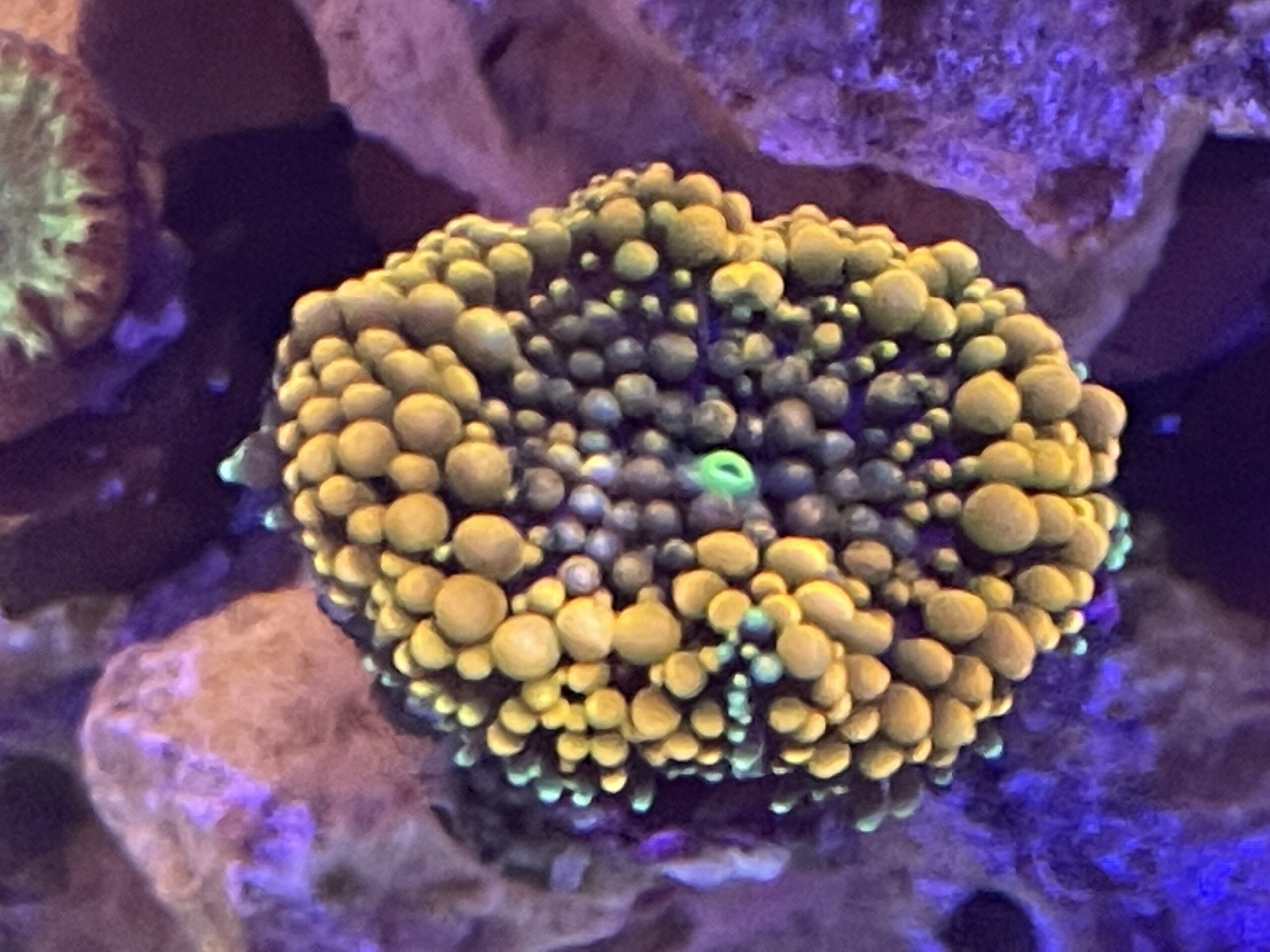Studio 12 All In One Aquarium Review & Set Up
“There it is” I said to myself as I looked at the box containing my new Reef Casa Studio 12 tank sitting on the floor. Beside it was about 10 pounds of Staxx rock, just waiting to be turned into the perfect aquascape, as well as a heater and Reef Casa Halo light. Like many reefers, I had started out with a small tank and slowly moved up to larger tanks. Now I wanted to take everything that I had learned in the hobby to set up a project nano tank. It was go time!

Opening the box the first thing that struck me was how well the Reef Casa aquarium was packed. It fit snuggly in the box with plastic covering the sides and Styrofoam protecting the edges. I was very impressed with the fit and finish, especially the quality of the glass and the attention to detail on the seams as I placed it on the stand.
The first step was to create the aquascape and I found the proportions of the tank ideal for creating an interesting aquascape that would allow for good waterflow as lots of room for coral placement. I decided to use the box as my template, which would have been a great idea if I had remembered to account for the depth of the rear chamber. I didn’t realize my mistake until I had cemented the aquascape together and realized it wouldn’t fit. Luckily, I was able to break the rocks apart and attempt number two worked much better!

All of the included equipment was carefully packed and it took literally minutes to attach the return pump and return nozzle. I also added the filter floss to help filter out any fine sand particles that might be stirred up when I added the water. I was really impressed with the density of the floss, and later found that it did an incredible job of filtering waste from the tank. When I turned the pump on I was amazed by how quiet it was and the amount of waterflow that was created by such a small pump. I don’t think I will need to run a wavemaker in this tank, which is an added bonus.
I paired the tank with Reef Casa’s recommended heater and the Reef Casa Halo light. Both were super easy to set up and the integrated cord management in the light made for a super clean looking setup. Since I didn’t have room for an autotop reservoir, I added a hang on the back quarantine box to hold fresh water for the ATO. It’s not the most elegant solution but it will do for now.
Once I added the water and turned on the light, I was very impressed with the performance of the Halo light. This initial impression was confirmed when I added my first corals. Once the tank was cycled, I added two rockflower anemones as well as a zoa rock from my established tank. With the light spectrum set to predominantly blue the colours were amazingly vibrant and the fluorescence really popped. The Reef Casa light definitely holds its own against the other, significantly more expensive, options.
With the tank up and running for a little over a month at this point I can honestly say that it has met and exceeded my expectations at every turn. It is abundantly clear that this tank was designed by avid hobbyists because nothing has been overlooked. From the extra large skimmer chamber, to the design of the filtration chambers to the overall dimensions and proportions,
this tank checks every box for reefers of all experience levels. Right now my tank is running through the inevitable diatom bloom so I have put a pause on adding anything new until this stage has run its course but I am excited to get back to work on it and see what this little tank can do!
Reef Casa 5 Month Update —-
I’ve had my Reef Casa Studio 12 all in one aquarium up and running for about 5 months now and I have been very happy with it. I have had great coral growth and have even been able to successfully keep two torch corals, something that I have never been able to do before. The torches are so happy that one even spawned earlier this week! The Halo light has proven itself to be more than capable of growing LPS corals, soft corals and easy SPS corals. I am running it at about 50% intensity so there is plenty of power for reefers who want to grow more light demanding corals such as acropora. All my corals look really great under the heavy blue spectrum that I am running. The light was very simple to program and I haven’t had to adjust it once in the last 5 months.

The stock return pump provides more than enough flow for all my corals without being overpowering. My torch corals sway gently in the current and my SPS corals have great polyp extension. In the future as my coral frags become colonies I may upgrade to one of the small Sicce pumps but for now I don’t want to mess with success. I did upgrade the return nozzle to the Random Flow Generator and found that it really helped to reduce flow hot spots and ensure that all my corals received sufficient flow.
In terms of filtration, I did upgrade to the Reef Casa Housekeeper media organizer and found that it made changing filtration media much simpler and less messy. I do a 15% water change once a week and change the filter floss at each water change and usually once midweek as well. I find that this has been very successful in preventing nuisance algae, although I am finding that I have to manually dose All for Reef once a week to maintain Alkalinity, Calcium and Magnesium levels as my corals grow. All in all, the tank is very easy to maintain and my weekly water change and equipment check takes half an hour at most.

Five months in, I can honestly say that I couldn’t be happier with my Reef Casa Studio 12 tank. I have had a number of different nano tanks from different manufacturers over the years and the Reef Casa tank is by far the easiest to maintain and most thoughtfully designed of all of them. I really like how the tank is easily upgradeable and allows me to easily add or upgrade components as needed. I can’t wait to see what this little tank looks like at the one year mark!
Stocking List:
NY Knicks Torch
Hellfire Torch
2 small hammer corals
2 alveopora
Various mushrooms
Green Goddess Birdsnest
Green Goblin Anacropora
Forest Fire Montipora Digitata
Purple Branching Montipora
Honeycomb Leptastrea
2 Rockflower Anemones
Bangaii Cardinalfish
Emerald Crab
Various snails and hermit crabs
Open Brain Coral
Raptors Peace Favia
2 Acan frags


